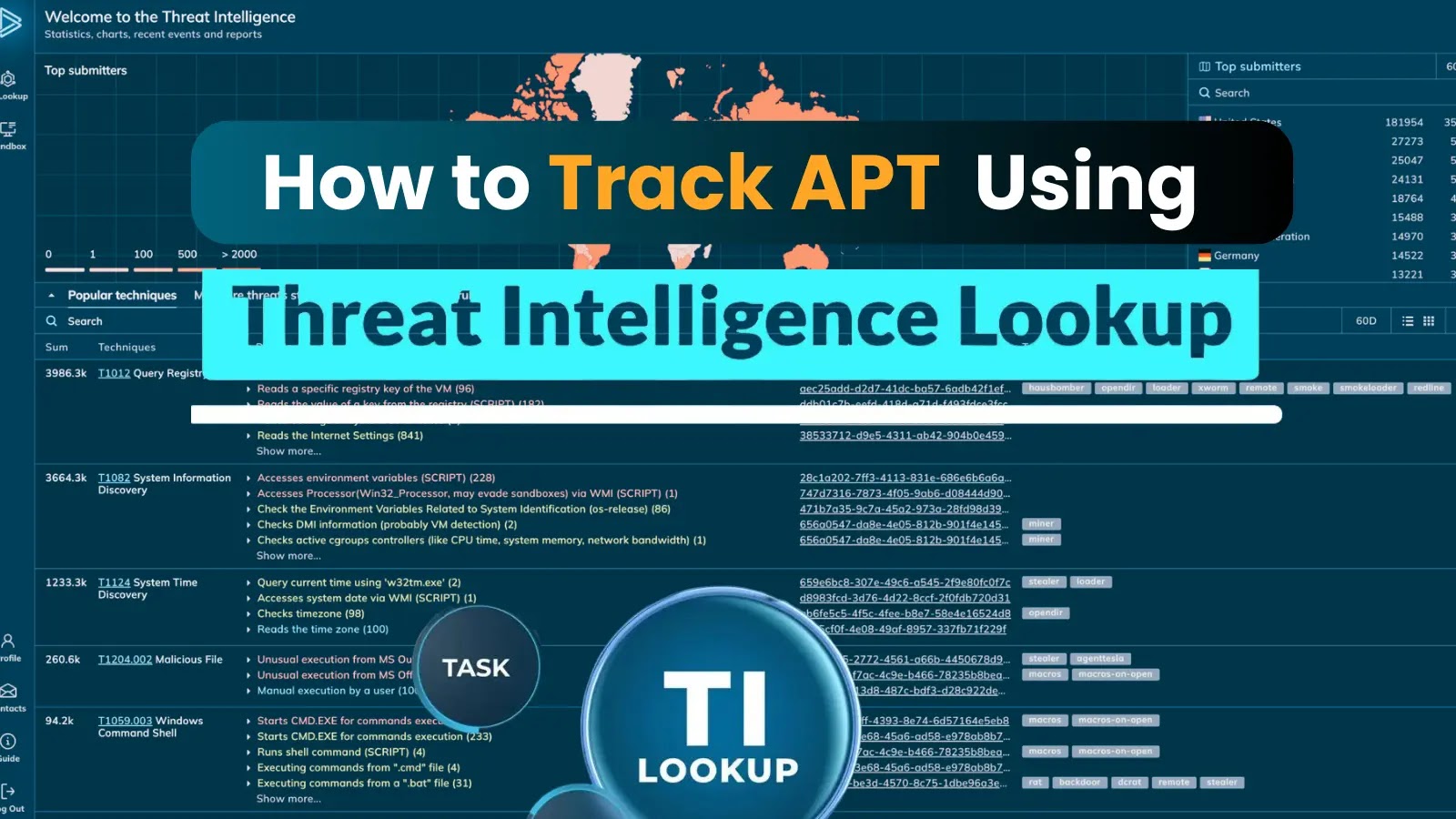Artificial intelligence (AI) is coming to play both defensive and offensive roles in the digital healthcare landscape. As a defender, AI powers advanced security tools that can detect anomalies in system behaviours, prevent breaches and alleviate administrative burdens. However, its use also amplifies cyber threats as hackers tap into AI tools to develop increasingly sophisticated attack methods such as realistic emails, deepfakes and AI-powered malware. This double-edged sword underscores the need for a balanced perspective on AI adoption in healthcare, with strategic planning, continued vigilance and advanced security measures.

How to Track Advanced Persistent Threats (APT) Using Threat Intelligence Lookup Tool
An Advanced Persistent Threat (APT) is a stealthy, sophisticated cyberattack aimed at long-term unauthorized access to networks, often targeting high-value entities like government and critical



